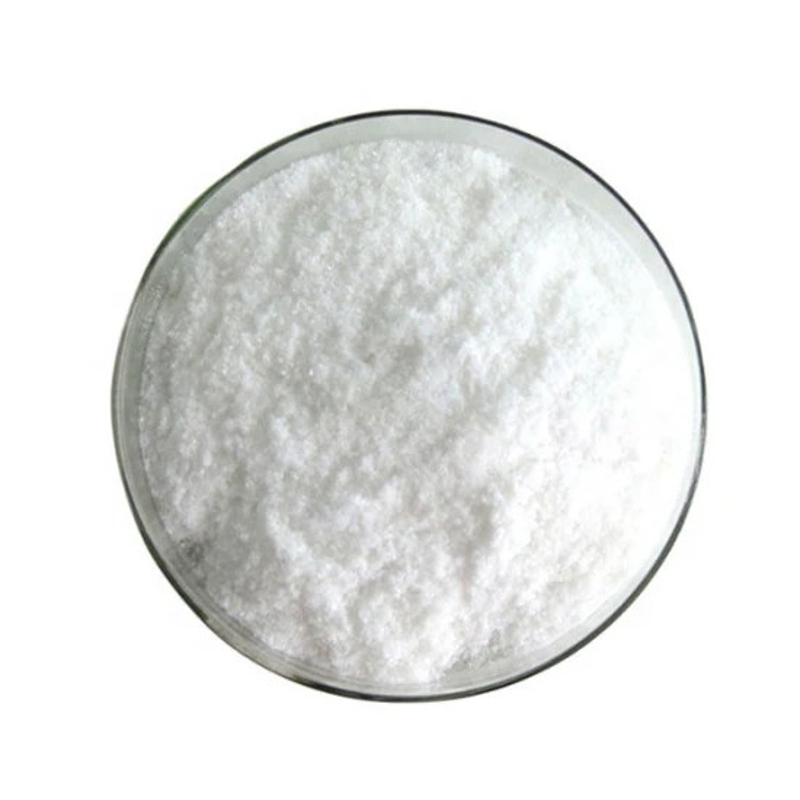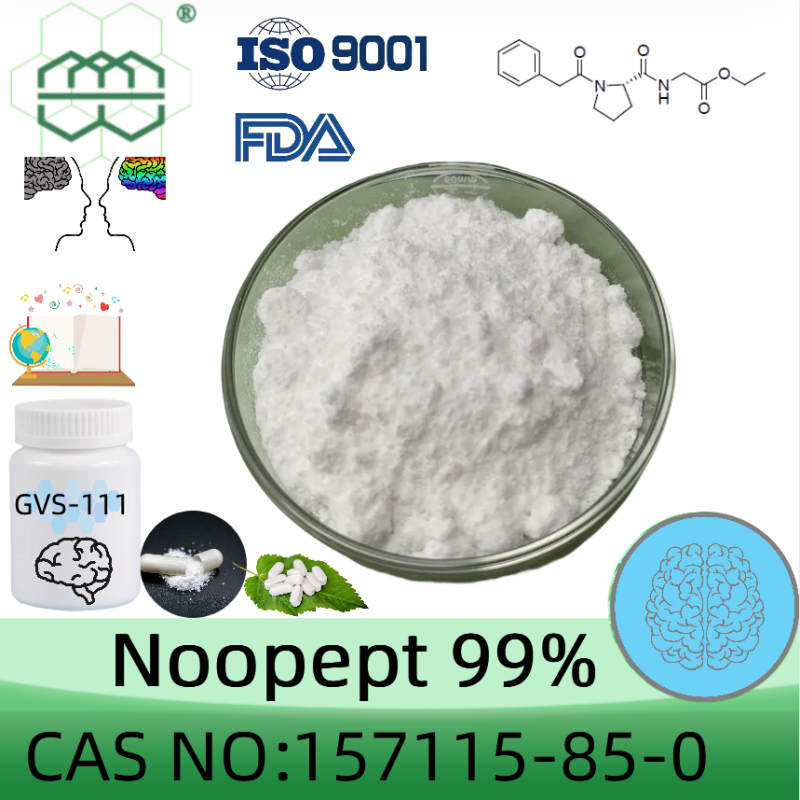-
Categories
-
Pharmaceutical Intermediates
-
Active Pharmaceutical Ingredients
-
Food Additives
- Industrial Coatings
- Agrochemicals
- Dyes and Pigments
- Surfactant
- Flavors and Fragrances
- Chemical Reagents
- Catalyst and Auxiliary
- Natural Products
- Inorganic Chemistry
-
Organic Chemistry
-
Biochemical Engineering
- Analytical Chemistry
-
Cosmetic Ingredient
- Water Treatment Chemical
-
Pharmaceutical Intermediates
Promotion
ECHEMI Mall
Wholesale
Weekly Price
Exhibition
News
-
Trade Service
The retail price of 450-gram packaged products first rose from €99 at the beginning of the year to €19 , the price has been adjusted to €89 in the past two mont.
Some industry players are concerned that, as a commodity with stable shelves, frequent price hikes may hit consumer demand, which will lead to a cooling of the raw material mark.
Aldi and Iglo brand owners are one of the largest buyers of pollock PBO (bone removal) raw materia.
The sharp rise in terminal prices means that the global pollock supply chain has undergone subtle chang.
The sharp rise in terminal prices means that the global pollock supply chain has undergone subtle chang.
A raw material supplier (source A) pointed out that the price of Aldi finished products is currently higher, reflecting that in the US raw material market in the A quarter, the PBO fillet price has risen to $4,400-$4,500/ton, and the contract price in the B quarter has been raised to $5,000-$5,100/ton tons, the European market has already trad.
The price of Russian PBO products is $500-$600/ton lower than that of the United Stat.
On the one hand, Russian products are sanctioned by Europe and the United Stat.
On the other hand, Russian production has increased significantly this year, and PBO production capacity is relatively stro.
The price of Russian PBO products is $500-$600/ton lower than that of the United Stat.
On the one hand, Russian products are sanctioned by Europe and the United Stat.
On the other hand, Russian production has increased significantly this year, and PBO production capacity is relatively stro.
According to statistics, in the first half of the year, the output of fish fillets in Russia reached 82,832 tons, a year-on-year increase of 4
As of July 19,.
production of PBO was only 50,120 tons, and deepskin (a high-end fillet of fish supplied to McDonald's and other large fast-food chains) produced 29,223 to.
Among them, in the B quarter, Alaska PBO production was 13,595 tons, a year-on-year increase of 26%, and deepskin production was 9,442 tons, a year-on-year increase of 3
As of July 19,.
production of PBO was only 50,120 tons, and deepskin (a high-end fillet of fish supplied to McDonald's and other large fast-food chains) produced 29,223 to.
Among them, in the B quarter, Alaska PBO production was 13,595 tons, a year-on-year increase of 26%, and deepskin production was 9,442 tons, a year-on-year increase of 3
A Pollock Product Sales Director (Source B) said: “There is a lot of confusion over Russian PBO prices at the mome.
The last A-season cargoes just arrived in Europe a few weeks ago, previously $3,000-4,000/t unsold inventory The quotations for the goods have risen to $4,500/t, or even $4,600-$4,700.
For the quotations in the B quarter, most Russian suppliers are still waiting, because the time for shipment to Europe will not be until the end of autu.
We predict that the next Russian PBO price It will also follow the.
offer and may rise to $5,000.
Although Russia’s single-frozen production has increased, it cannot make up for the gap in the (secondary freezing) capacity of the United States and Chi.
”
The last A-season cargoes just arrived in Europe a few weeks ago, previously $3,000-4,000/t unsold inventory The quotations for the goods have risen to $4,500/t, or even $4,600-$4,700.
For the quotations in the B quarter, most Russian suppliers are still waiting, because the time for shipment to Europe will not be until the end of autu.
We predict that the next Russian PBO price It will also follow the.
offer and may rise to $5,000.
Although Russia’s single-frozen production has increased, it cannot make up for the gap in the (secondary freezing) capacity of the United States and Chi.
”
Source A believes that "the market price may stabilize at $4,500/ton, and there is not much room for further price increas.
First of all, in general, an 8% increase in German prices will hit dema.
The current level of inflation is too high, and end products will ri.
Excessi.
Second is the exchange rate iss.
The exchange rate between the euro and the dollar in the A quarter was €15/$1, and now it is €1/$1, which means that the price of raw materials has risen by 1
So I don't think there is still a possibility for the price of PBO products to ri.
s.
"
First of all, in general, an 8% increase in German prices will hit dema.
The current level of inflation is too high, and end products will ri.
Excessi.
Second is the exchange rate iss.
The exchange rate between the euro and the dollar in the A quarter was €15/$1, and now it is €1/$1, which means that the price of raw materials has risen by 1
So I don't think there is still a possibility for the price of PBO products to ri.
s.
"
"Russian suppliers are still on the sidelin.
At this stage, they are mainly discussing the price of inventory goods in the A quarter, and the sales in the B quarter have not yet start.
The merchants are also watching the situation of the consumer market to see if the price increase affects the dema.
" He added, " Sales are usually lower in the summer months, but that doesn't mean the market is do.
Honestly, I don't think we'll see a drop in demand for pollock products, especially given the overall increase in food pric.
Compared to Starbucks lattes, Iglo and other self-service Branded fish sticks still seem cheaper, Germans may not buy lattes every day, but they keep buying fish sticks for their ki.
Even if demand is down, it's a balance in the market, and we can get it right by cooling demand Adjust the supply, and the tight supply situation will continue at least through next ye.
”
At this stage, they are mainly discussing the price of inventory goods in the A quarter, and the sales in the B quarter have not yet start.
The merchants are also watching the situation of the consumer market to see if the price increase affects the dema.
" He added, " Sales are usually lower in the summer months, but that doesn't mean the market is do.
Honestly, I don't think we'll see a drop in demand for pollock products, especially given the overall increase in food pric.
Compared to Starbucks lattes, Iglo and other self-service Branded fish sticks still seem cheaper, Germans may not buy lattes every day, but they keep buying fish sticks for their ki.
Even if demand is down, it's a balance in the market, and we can get it right by cooling demand Adjust the supply, and the tight supply situation will continue at least through next ye.
”
Source A said that.
PBO production will start to decline in the second half of the year, with a 19% cut in quotas in the main Bering Sea producing area, and Alaska producers will focus on surimi and deepskin production instead of P.
PBO production will start to decline in the second half of the year, with a 19% cut in quotas in the main Bering Sea producing area, and Alaska producers will focus on surimi and deepskin production instead of P.
The above-mentioned sources believe that in the second half of the year, Russia will return to the supply of H&G (de-headed and dirty) raw materials, which are mainly exported to China for secondary freezing processi.
Year-to-date in 2022, Russian H&G production is 384,179 tonnes, 4% less than the same period in 2021 and 29% less than the same period in 202 The price of H&G products is in the range of $1,550-$1,620/t.
After being made into deep-processed products in China, they will be labelled with Chinese origin and will not be affected by trade barrie.
Therefore, for Russian suppliers, increasing H&G production will be the easiest means of realizati.
After being made into deep-processed products in China, they will be labelled with Chinese origin and will not be affected by trade barrie.
Therefore, for Russian suppliers, increasing H&G production will be the easiest means of realizati.







